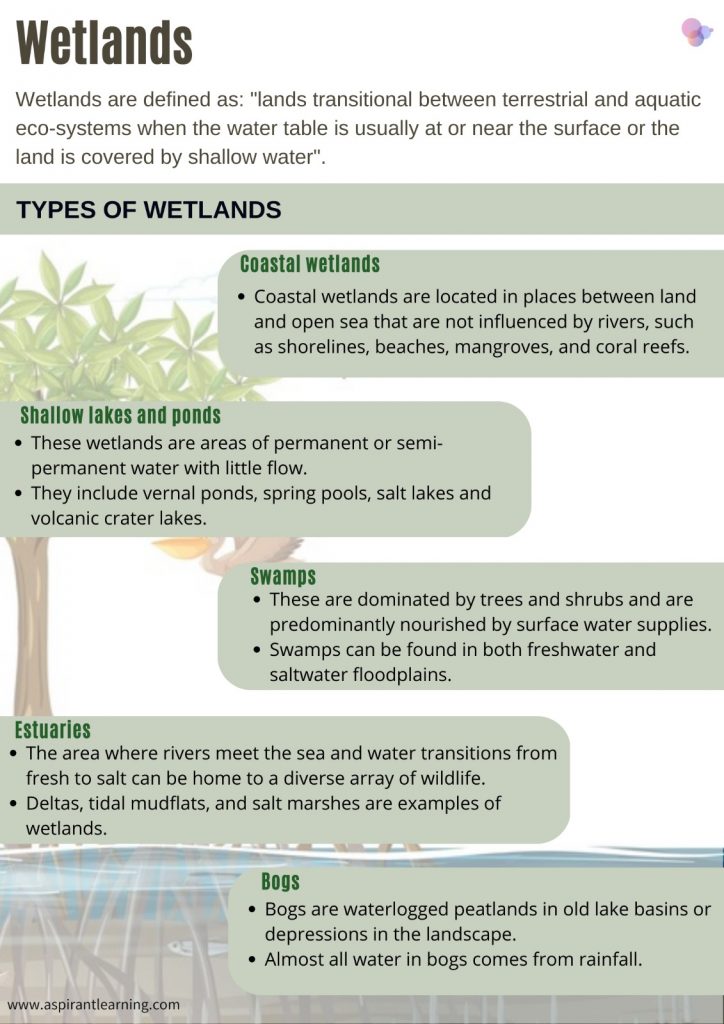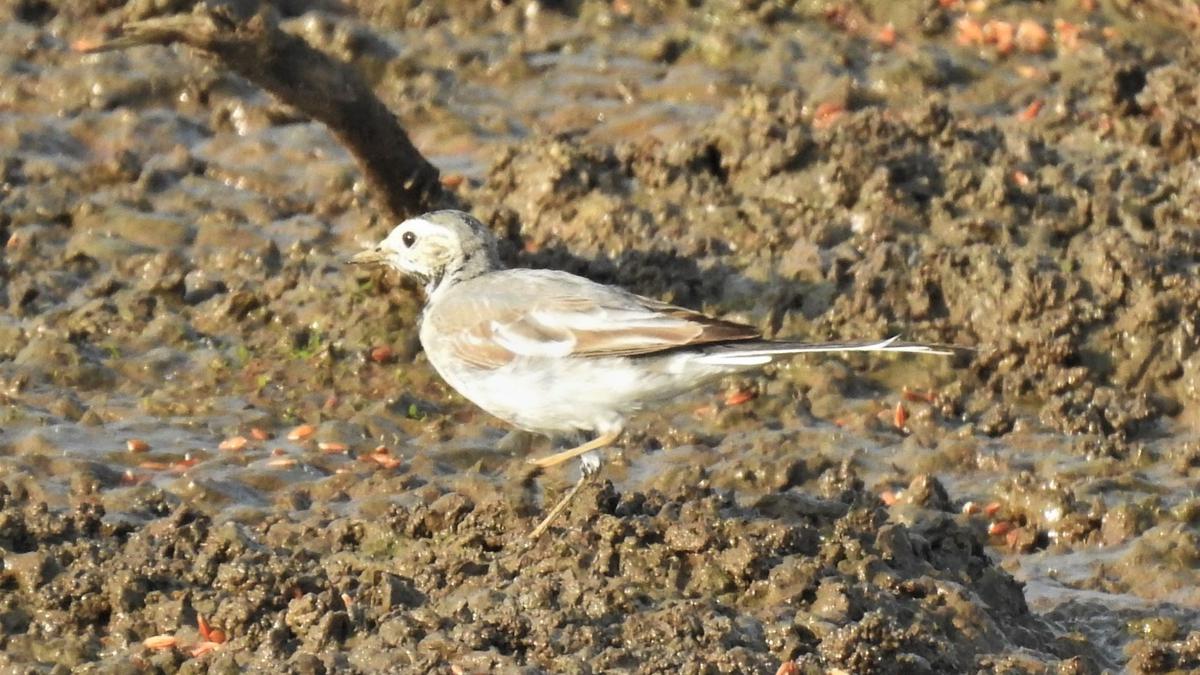News Highlight
Census records a 65% increase in waterbird count in Thiruvananthapuram.
Key Takeaway
- The Asian Waterbird Census (AWC) 2023 found a 65% increase in waterbirds in the Thiruvananthapuram area, but with a slight decrease in the species count.
- This significantly rose from the previous year’s tally of 3,270 birds from 72 species.
Asian Waterbird Census (AWC) 2023
- Highlights of the Survey
- Northern Shoveler, Common teal, and Eurasian wigeon, which had been seen in prior surveys, were completely absent this time.
- Climate change has reduced the number of birds that visit the area.
- However, further research is needed to determine the specific impact of climate change on bird migration.
- About
- It is a citizen-science programme that promotes the conservation and management of wetlands and waterbirds worldwide.
- Wetlands International coordinates the global International Waterbird Census (IWC), which includes AWC.
- AWC runs concurrently with other IWC regional programmes in Africa, Europe, West Asia, the Neotropics, and the Caribbean.
AWC in India
- The AWC was launched in the Indian subcontinent in 1987.
- Since then, Ssince has expanded fast to span key Asian regions ranging from Afghanistan to Japan, Southeast Asia, and Australasia.
- The Bombay Natural History Society (BNHS) and Wetlands International organise AWC in India.
Significance of AWC
- It provides information about the birds at the wetland as well as the health of the wetland; the more waterbirds there are, the better the wetland is.
- It contributes to the better execution of the Convention on Migratory Species (CMS) and the Convention on Biological Diversity (CBD) provisions.
Issues related to AWC
- Waterbirds, notably migrating birds, used to flock to Sanjay Lake.
- However, even migrating ducks, which have been sighted in the past, were not seen this time.
- Lower species diversity indicates lake degradation, as waterbirds indicate the lake’s health.
- Human activity, such as boating, has destroyed the environment, and sewage finds its way into the lake, despite repeated futile attempts to plug it.
- The lake also has a water availability problem because there is no consistent, high-quality water supply.

Main birds which were sighted during the census
- Oriental darter
- It is mainly found in freshwater rivers and ponds.
- Conservation status IUCN: Near Threat
- Cattle egret
- Conservation status IUCN: Least Concern.
- Spot-billed Pelican
- It breeds in southern Asia from southern Iran across India east to Indonesia.
- Conservation status IUCN: Near Threatened
- Wildlife (Protection) Act, 1972: Schedule IV
Pic Courtesy: The Hindu
Content Source: The Hindu



